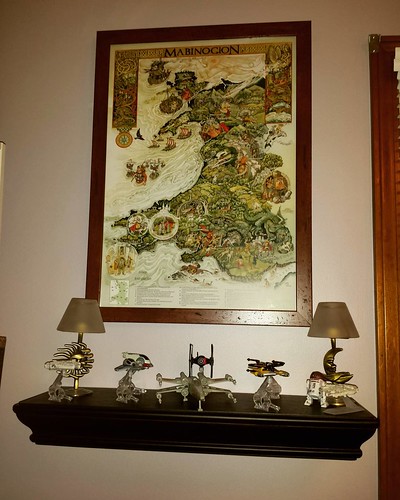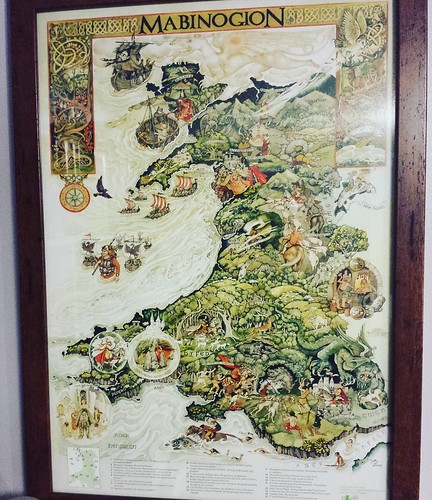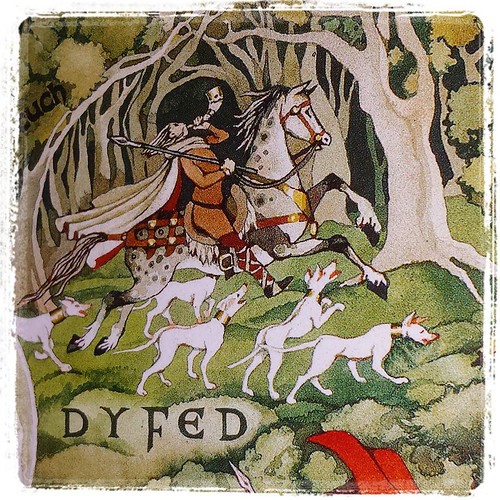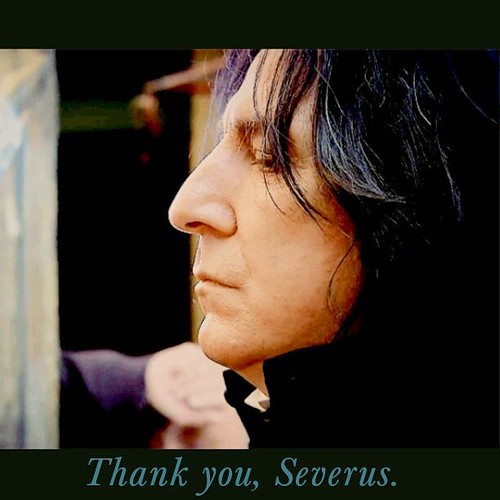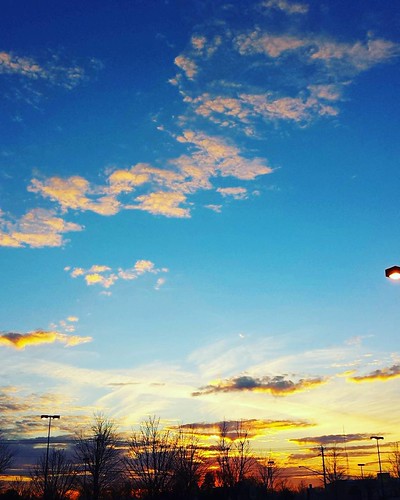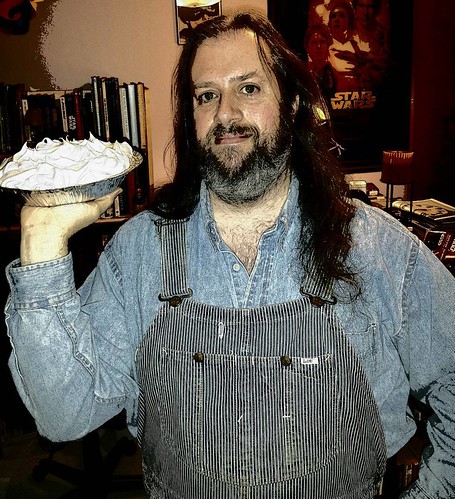Yes, I forgot to post this last week. This whole "two major writing projects in full force at once" thing is working out well for the two projects, but not so much for the poor blog. But anyway!
Here we have Brahms's fourth, and final, symphony. This one is the most brooding of the four, and I always find that it feels "bigger" than it actually is. There's an epic scope to this symphony that I think partly outstrips the amazing Symphony No. 1, and a more overall sense of mystery to this work. Brahms plunges us into melody right away, with no introduction whatsoever, and it's a melody that seems to be always try to catch its breath as it yearns upward and falls back. (We're in E minor, by the way, which seems to be a favorite key of mine. Lots of folks swear by D minor, and there's a lot of wonderful music in D minor, but E minor is at the heart of some music that is very near and dear to me.)
The second movement, the slow movement, opens with a "stately brooding" theme, intoned by the horns. In doing a bit of homework for this post I learned that this theme is in what's called a "hypophrygian" mode, but in all honesty...at this distant remove from my musical education, I honestly can't say what that means. "Modes" are similar to scales, but they generally pre-date the development of our now-familiar major-minor scale system, so when we hear modal music, it tends to sound somewhat otherworldly in our ears, as if from a far deeper time than music we're accustomed to.
This symphony's third movement is one of my favorite things Brahms wrote. It's the only straight-up scherzo in any of his symphonies (although some of his third movements have scherzo-like sections). Brahms eschews the traditional triple-time for this scherzo, though, choosing instead to use a simple 2/4, and he writes the opening theme so it descends twice onto a portentous chord, which has the effect of stopping whatever momentum we start with. This stop-start feeling that winds through the movement is Brahms at his infrequently-genial best.
Then there's the fourth movement. Brahms breaks away from the symphonic pack again here, abandoning sonata or rondo forms in favor again of something older: a passacaglia. Now, again, I'm not entirely clear anymore on what a passacaglia is -- it involves a series of variations over a repeating pattern in the bass. It's a demanding movement and not really the easiest of listens, in terms of its form, but it is amazing nonetheless, what with those shimmering opening chords and then the start of the variations, immediately afterward.
Brahms's symphonies are full of hard moments, but just as many wonderful ones. Years ago, when conductor Semyon Bychkov was finishing his tenure as Music Director of the Buffalo Philharmonic Orchestra, he concluded his final season with all four Brahms symphonies over two programs. I was fortunate to attend both programs, and that deep delving into the symphonic language of Johannes Brahms was one of the more deeply satisfying musical experiences I remember.
Here is Brahms's Symphony No. 4 in E minor.
Next week: something a little more obscure...and waiting in the wings, a Czech master....

